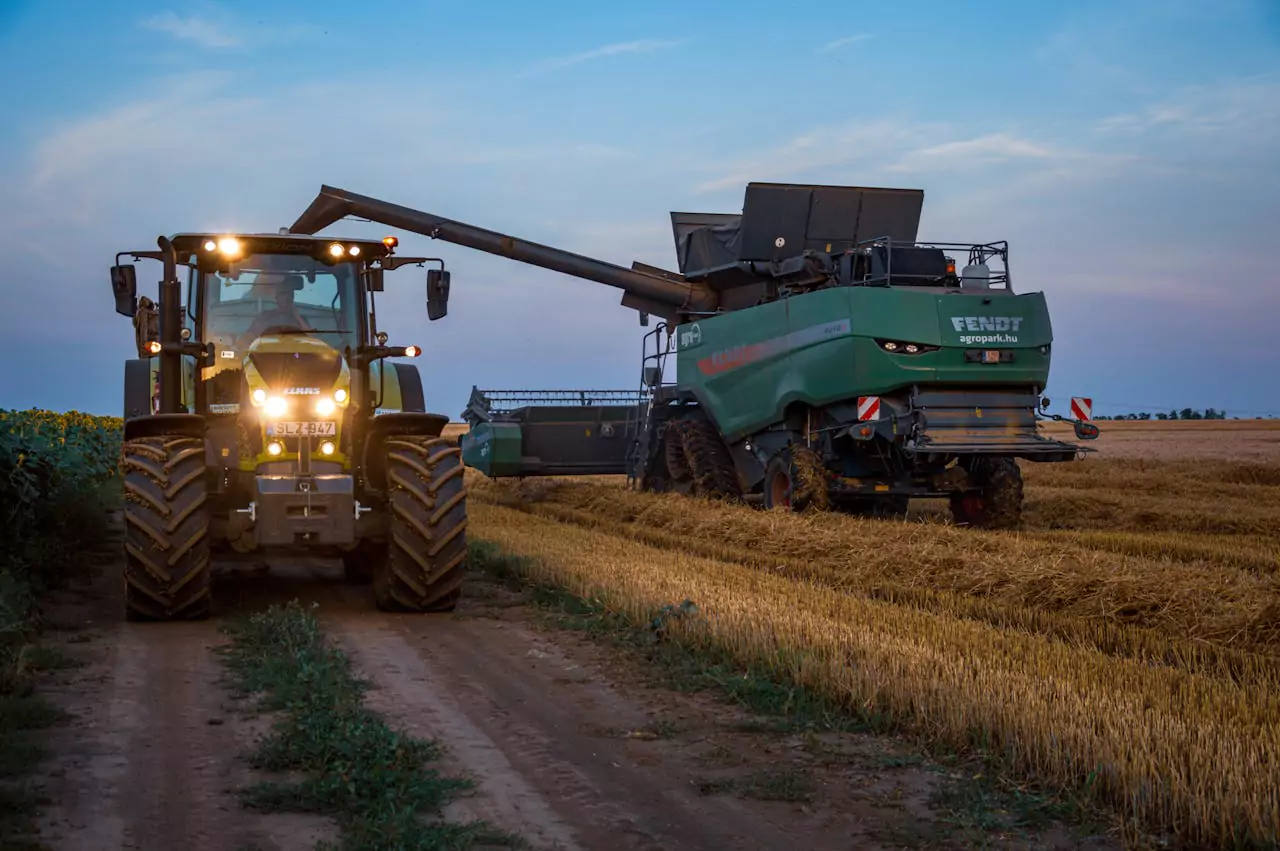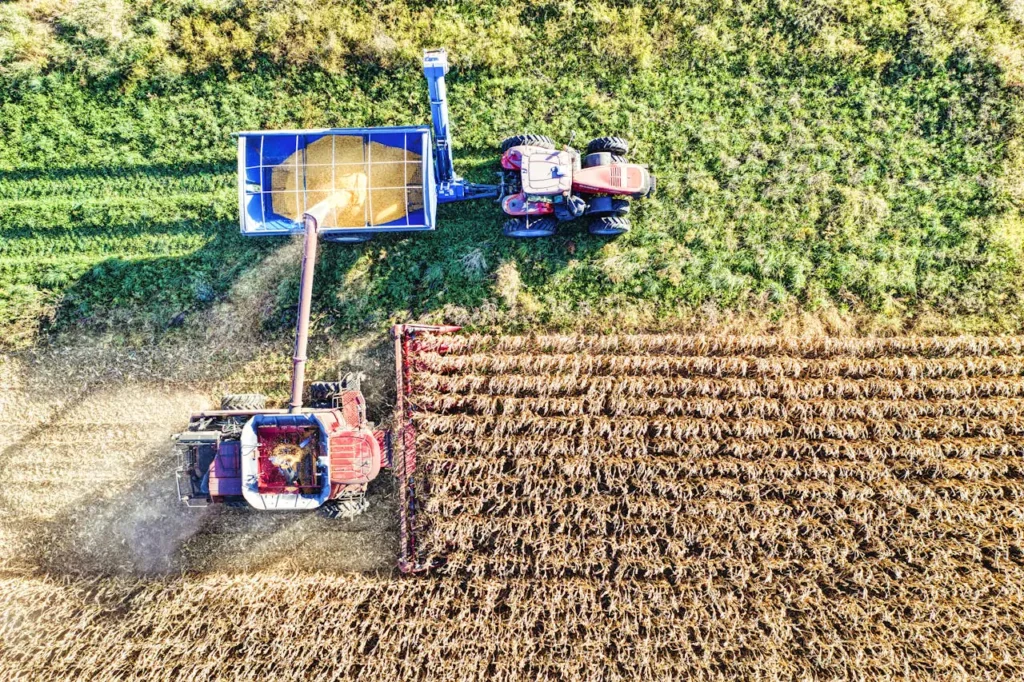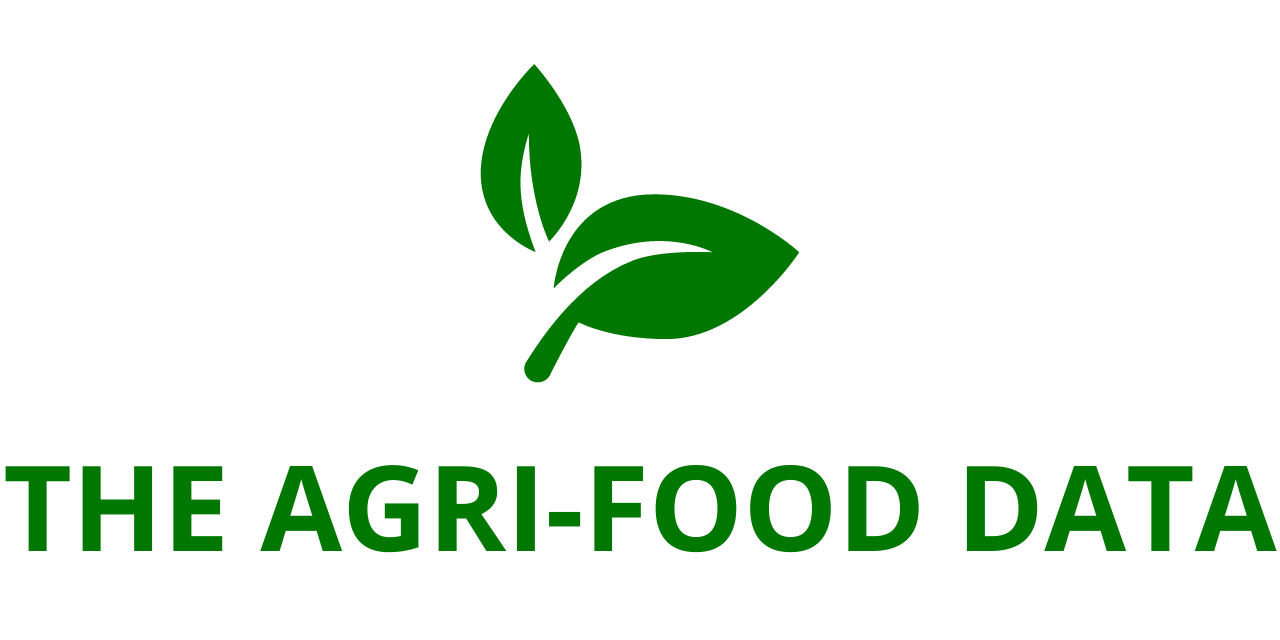
A recent report titled “United States Agricultural Equipment Market, By Region, Competition Forecast & Opportunities, 2019–2029F”, now available on ResearchAndMarkets.com, reveals a promising outlook for the agricultural equipment industry in the U.S. The market, valued at USD 36.78 billion in 2023, is forecasted to reach USD 48.67 billion by 2029. This projected growth represents a compound annual growth rate (CAGR) of 4.85%, highlighting the expanding role of mechanization in modern farming practices across the country.
Technological Advancements Driving Growth
Several factors are contributing to the expansion of the agricultural equipment market in the United States, with technological innovation standing out as a primary driver. Over recent years, the development and integration of smart farming machinery have revolutionized traditional agricultural processes. Advanced systems, including GPS-guided tractors, autonomous combines, and drone-assisted crop monitoring, have transformed how farming operations are conducted.
Smart agricultural equipment empowers farmers to optimize operations with remarkable precision. By automating tasks such as seeding, tilling, and spraying, farmers can significantly enhance efficiency, lower labor requirements, and reduce operational costs. Agricultural Equipment Additionally, these machines support data-driven decision-making, enabling users to monitor soil health, crop growth, and resource usage in real-time. As a result, farmers can increase crop yields while minimizing waste and environmental impact—ultimately boosting profitability.
Growing Demand for Sustainable Practices
Another critical factor fueling market growth is the increasing emphasis on sustainability in agriculture. Today’s consumers are more environmentally conscious than ever, prompting demand for food products grown with eco-friendly methods. In response, farmers are increasingly adopting sustainable agricultural practices that conserve resources and reduce negative environmental impacts.
Precision agriculture, which involves the use of data analytics and smart technologies to manage field variability, has gained significant traction. Techniques such as precision planting and variable-rate fertilization not only enhance productivity but also align with environmental sustainability goals. These methods ensure that water, fertilizers, and pesticides are applied efficiently and only where needed, reducing overuse and runoff into surrounding ecosystems.
Key Challenges: High Costs and Price Volatility
Despite the positive momentum, the U.S. agricultural equipment market faces notable challenges that may hinder its full potential. One of the most pressing issues is the high cost associated with purchasing advanced machinery. For small and mid-sized farmers, particularly those operating with limited financial resources, the initial investment in modern equipment can be prohibitively expensive. As a result, many are unable to keep pace with the rapid technological advancements transforming the industry.

Furthermore, fluctuations in raw material prices have a direct impact on the cost of manufacturing agricultural equipment. Components such as steel, rubber, and electronic parts are subject to global supply chain disruptions and market variability. When raw material prices rise, manufacturers often pass these increased costs on to consumers, further exacerbating affordability issues for farmers. These dynamics can lead to market instability, affecting both supply and demand patterns across the agricultural machinery sector.
Application Insights: Rising Demand for Land Development and Seedbed Preparation Equipment
Among various applications, the land development and seedbed preparation segment is expected to experience rapid growth during the forecast period. This trend is largely driven by an ongoing labor shortage in the agricultural sector. With fewer individuals choosing farming as a career—largely due to urbanization and changing demographics—the reliance on mechanized solutions has intensified.
To address the labor gap, farmers are turning to advanced equipment designed to prepare fields efficiently and accurately. Modern machinery allows them to execute essential land preparation tasks, such as plowing, leveling, and seedbed creation, with greater consistency and speed. This shift has not only improved the timeliness of planting operations but also enhanced crop uniformity and yield potential.
Government support has played a key role in accelerating this transition. Many federal and state programs now offer subsidies, low-interest loans, and financial incentives to encourage investment in agricultural equipment. These initiatives aim to make modern tools more accessible, especially for small-scale farmers, ultimately promoting productivity and resilience in the farming community.
Regional Insights: The Mid-West Leads the Market
Geographically, the Mid-West holds a dominant position in the United States agricultural equipment market, capturing the largest share by value. Known as the nation’s agricultural heartland, the region benefits from fertile soil, favorable climatic conditions, and a long-standing farming tradition. These attributes have made the Mid-West a central hub for the adoption and use of modern agricultural machinery.
The demand for equipment such as tractors, harvesters, and planters is particularly strong in this region. Parallel Ag, a leading dealership in the Midwest and Southern Plains, recently expanded its operations to meet this demand. The company now offers the complete line of Fendt and Massey Ferguson agricultural products, with locations in Marshall and Montgomery City serving as flagship outlets. Parallel Ag also provides 24/7 parts and service support, further reinforcing its commitment to the farming community.
Additionally, the Mid-West has experienced a resurgence in manufacturing, attracting agricultural equipment producers looking to establish or expand their production facilities. This revitalization of domestic manufacturing enhances regional supply chains, reduces delivery times, and lowers logistics costs for farmers seeking reliable access to machinery and support services.
Infrastructure also plays a pivotal role in the Mid-West’s agricultural success. The region boasts an extensive rail network, enabling the efficient transport of goods and equipment. This well-developed system not only facilitates the movement of agricultural products to markets but also supports the logistics needs of machinery dealers and manufacturers.
Conclusion: A Market on the Rise with Considerable Potential
The United States agricultural equipment market is well-positioned for continued growth, thanks to technological innovation, rising adoption of sustainable practices, and strong regional demand, particularly in the Mid-West. While challenges such as high equipment costs and raw material price volatility remain, supportive government policies and advancements in manufacturing are helping to mitigate these issues.
As the agriculture sector evolves to meet the demands of the 21st century, mechanization and smart technologies will be at the forefront of this transformation. The market’s future will be shaped by the industry’s ability to make advanced equipment accessible to farmers of all sizes, fostering greater efficiency, sustainability, and resilience across the agricultural value chain.
Let me know if you’d like this formatted for publication or summarized into a briefing document.






